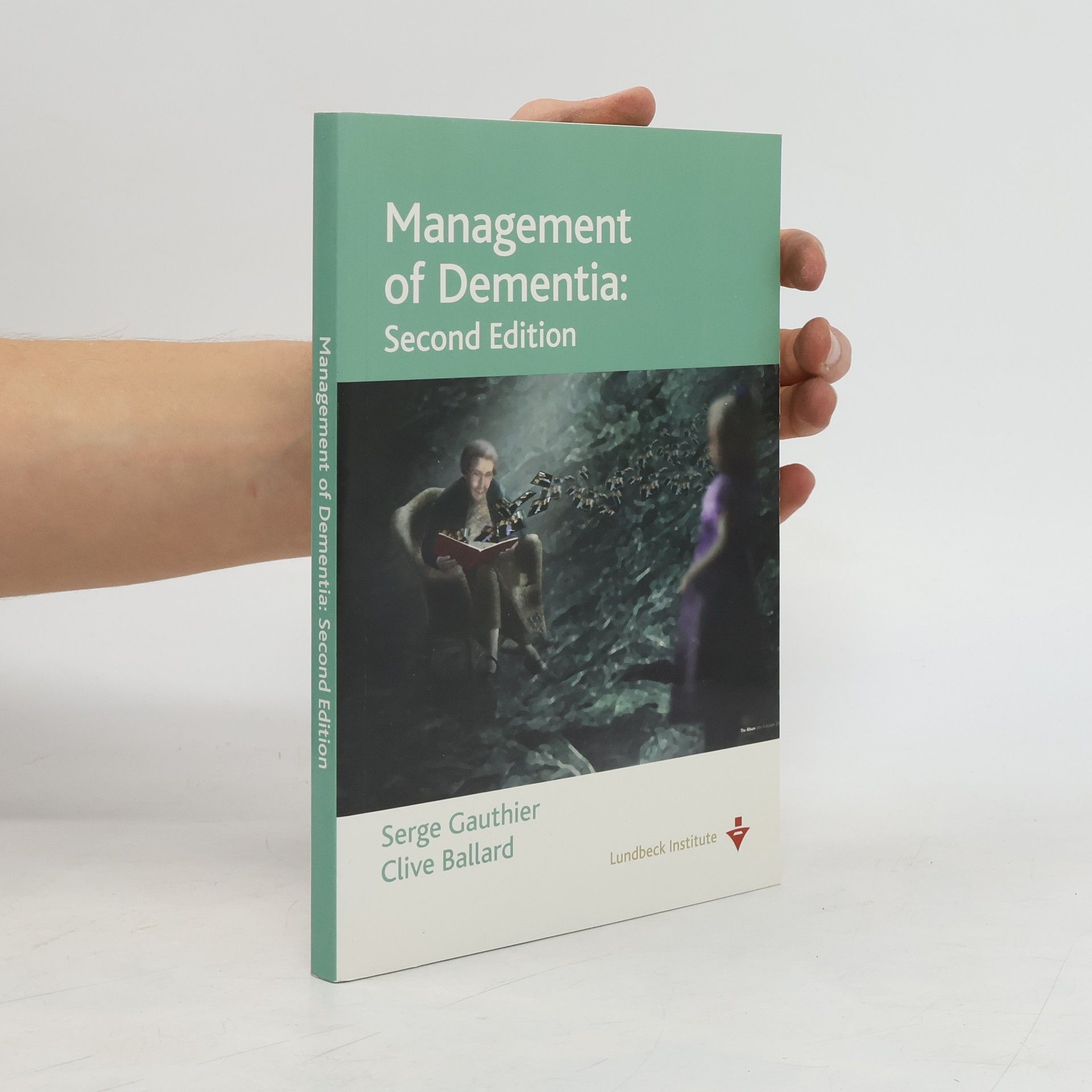Dementia is a syndrome characterized by cognitive and non-cognitive symptoms. This book focuses on the clinically distinct categories of non-cognitive symptoms. These are grouped together under the umbrella term Behavioural and Psychological Symptoms in Dementia (BPSD). BPSD includeagitation (describing a cluster of related symptoms including anxiety, irritability and motor restlessness, often leading to behaviours such as wandering, pacing, aggression, shouting and night-time disturbances), psychosis (referring to three main categories of hallucinations, delusionsand delusional misidentification) and mood disorders (depression, anxiety and hypomania). Other symptoms include sexual disinhibition, eating problems and abnormal vocalizations (shouting, screaming and demanding attention). There are many reasons why a patient with dementia may develop BPSD.Because of these potential different aetiologies, a full and careful assessment of possible physical, psychological and environmental factors is essential. This book will inform all of those responsible for caring for the patient with dementia about the identification of BPSD, the nature of thesymptoms, assessment of their severity and recommends a structured and sequential approach to management. The authors are internationally respected, combining expertise from the fields of clinical research, psychiatry and clinical psychology to provide an integrated approach to the topic.
Clive Ballard Livres


The second edition of Management of Dementia combines a balanced review of the latest knowledge and research in this area with practical guidance based on the authors' considerable personal experience of dementia care. It is directed at professionals working in the area who want to practice evidence-based medicine without losing sight of the patient and who want to be sure of dispensing the most appropriate pharmacology while also using other non-pharmacological treatments to their optimum effect. Concise and easy to read, the completely revised Management of Dementia provides readers both with a full knowledge of the evolution of modern dementia care and also with the basis for understanding new developments as they occur.